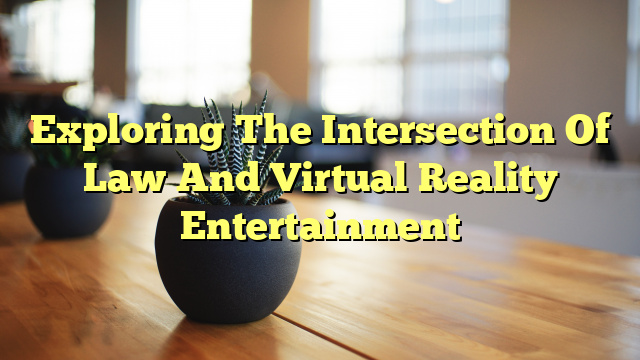What is Virtual Reality in Entertainment?
Virtual reality (VR) is a computer-generated three-dimensional (3D) environment that can be explored and interacted with by a person. It is typically experienced through a headset, which creates the illusion of being inside a virtual world. Through this headset, users can move their head and body to explore the environment and interact with the objects in it. In entertainment, VR is used to create immersive experiences, such as video games, movies, and live events.
What are the Three Elements of Virtual Reality?
There are three key elements to a successful VR experience: presence, immersion, and interactivity. Presence is the feeling of “being there,” which is created by the realistic visuals and sounds of the environment. Immersion is the feeling of being surrounded by a 3D world, which is created by the headset and accompanying hardware. Interactivity is the ability to interact with the environment, which is achieved by motion controllers or other input devices.
What are the Four Key Elements of a Virtual Reality Experience?
A successful VR experience requires four key elements: content, hardware, software, and services. Content is the foundation of any VR experience, and includes the visuals, audio, and interactivity. Hardware consists of the headset, controllers, and other peripherals. Software includes the platform, applications, and tools used to create and distribute VR content. Services are the third-party services used to deploy and manage the VR experience.
What are the Benefits of Virtual Reality in Digital Entertainment?
VR has the potential to revolutionize digital entertainment. It can create immersive experiences that are much more engaging than traditional forms of entertainment, such as movies and video games. With VR, viewers can explore virtual worlds and interact with the objects in them, creating a more interactive and engaging experience. Additionally, VR can be used to create more interactive experiences, such as social VR, that are only possible in the virtual world.
Conclusion
Virtual reality is on the cusp of becoming a mainstream form of entertainment. However, there are a number of legal issues that must be addressed before this technology can become widespread. This article has explored the intersection of law and virtual reality entertainment, and discussed the challenges facing those looking to create and distribute VR content. With the right legal framework in place, VR can become a powerful tool for entertainment and communication.

